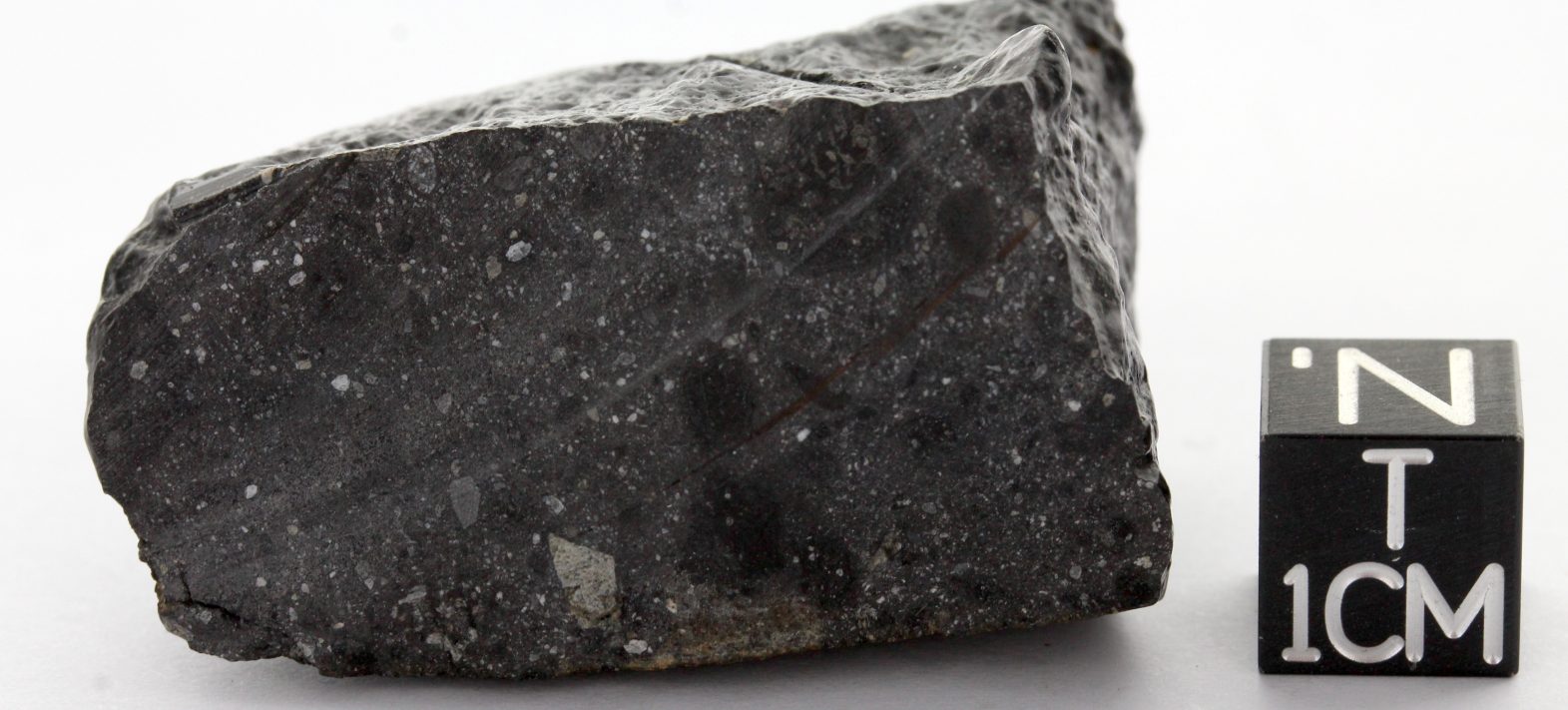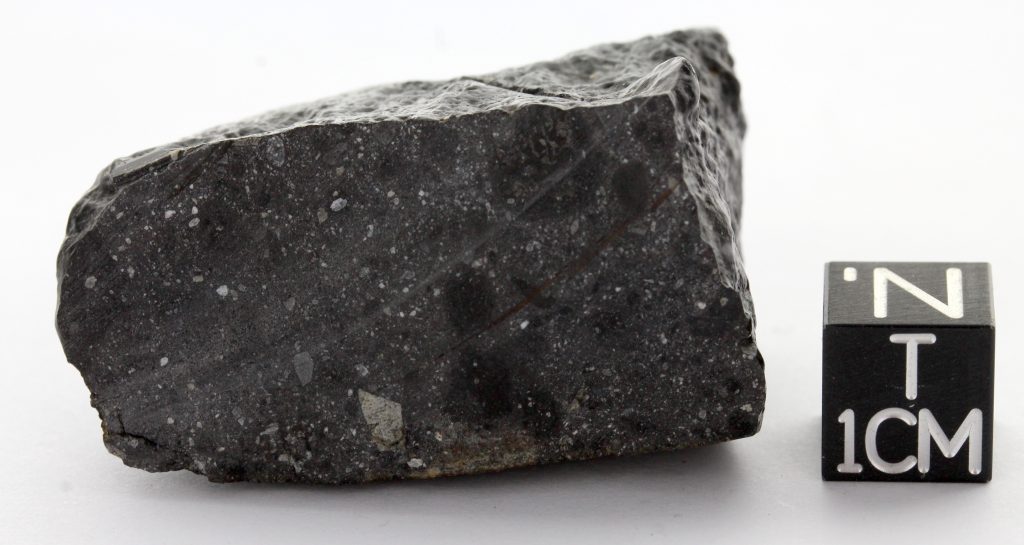By examining this particular meteorite, scientists from the University of Paris, the IPGP and the CNRS, together with colleagues from the Universities of Western Brittany, Copenhagen and Tokyo, have found clues as to the mechanism that would have enabled a warm climate to be maintained on the surface of Mars during the period of the “young weak Sun”.
By applying new chemical and isotopic tools developed at the Institut de Physique du Globe in Paris, the scientists discovered that the ancient fragments of the Martian crust were formed during the powerful impacts that the young planet experienced, and that these fragments underwent progressive oxidation as they cooled.
For the first time, they have analysed the isotopic abundances of titanium contained in the fragments of meteorite crust, and observed that the processes that led to their particular composition bear the signature of impact melting and oxidation.
At the same time, the isotopic analysis of the oxygen contained in the various inclusions of the meteorite shows a change in oxidation over time, confirming the hypothesis of oxidation of the crust linked to impact melting in the presence of water, already present in the form of ice or brought in by impactors.
The study, published on 30 October in Science Advances, also explains that this early oxidation of the Martian crust by water led to the release of gaseous dihydrogen (H2) into the Martian atmosphere. A high quantity of H2, a greenhouse gas, in a thick atmosphere of CO2 (like that of Mars) has, in reaction, caused the surface of Mars to heat up by several tens of degrees.
While the transient warming of the planet due to the kinetic energy associated with impacts only lasts a few years, the greenhouse effects associated with impact processes can induce warm climates, conducive to the presence of liquid water, which can last for tens of millions of years, despite a “weak young Sun”.
This study thus provides a solid argument for the hypothesis of a primitive Martian crust remelted by impacts, as well as for that of heating by the greenhouse effect allowing liquid water to flow onto Mars more than 4 billion years ago.
Ref : Z. Deng, F. Moynier, J. Villeneuve, N. K. Jensen, D. Liu, P. Cartigny, T. Mikouchi, J. Siebert, A. Agranier, M. Chaussidon, M. Bizzarro, Early oxidation of the martian crust triggered by impacts. Sci. Adv. 6, eabc4941 (2020). https://advances.sciencemag.org/content/6/44/eabc4941









